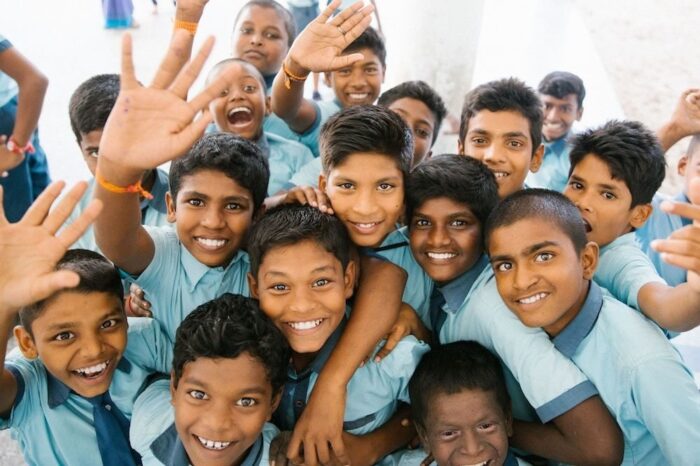The covid-19 pandemic impacted over 286 million schoolchildren in India and majority of them could not access to online learning due to rural urban digital divide, said a UNICEF report released on Thursday. The report comes at a time when the country is grappling to open schools after a strict lockdown.

In India, over 1.5 million schools have been closed due to the pandemic affecting 286 million children from pre-primary to secondary levels, of which 49% are girls. This adds to the 6 million girls and boys who were already out of school prior to the covid-19, the report pointed out.

Government of India and state governments have put in place several initiatives through digital and non-digital platforms to facilitate continuity of learning at home, such as the Diksha Portal (online), Doordarshan and Swayam Prabha (TV channels) and the National Repository of Open Education Resources; Alternate Academic Calendar and other state platforms/initiatives, the report noted.

Available data indicates that approximately a quarter of households (24%) in India have access to the internet and there is a large rural-urban and gender divide. The learning gap is likely to widen across high, middle and low-income families, as children from economically disadvantaged families cannot access remote learning.

“Students and girls from most marginalized communities do not easily have access to smartphones, and even if they do, internet connectivity is poor, and quality education content is often not available in vernacular languages coupled with access to other forms of remote learning giving rise to inequality in access to education,” the report said.
“We know that in any crisis, the young and the most vulnerable suffer disproportionately. Schools are closed, parents are out of work and families are under growing strain,” said Yasmin Ali Haque, UNICEF India Representative.
The report also said that at least a third of the world’s schoolchildren 463 million children globally were unable to access remote learning when covid-19 shuttered their schools.
The Remote Learning Reachability report outlines the limitations of remote learning and exposes deep inequalities in access. The report uses a globally representative analysis on the availability of home-based technology and tools needed for remote learning among pre-primary, primary, lower-secondary and upper-secondary schoolchildren, with data from 100 countries. Data include access to television, radio and internet, and the availability of curriculum delivered across these platforms during school closures.
Although the numbers in the report present a concerning picture on the lack of remote learning during school closures, UNICEF warns the situation is likely far worse. Even when children have the technology and tools at home, they may not be able to learn remotely through those platforms due to competing factors in the home including pressure to do chores, being forced to work, a poor environment for learning and lack of support in using the online or broadcast curriculum.
Schoolchildren from the poorest households and those living in rural areas are by far the most likely to miss out during closures, the report says. Globally, 72% of schoolchildren unable to access remote learning live in their countries’ poorest households. In upper-middle-income countries, schoolchildren from the poorest households account for up to 86 per cent of students unable to access remote learning. Globally, three quarters of schoolchildren without access live in rural areas.
UNICEF urged governments to prioritize the safe re-opening of schools when they begin easing lockdown restrictions. When reopening is not possible, UNICEF said that governments to incorporate compensatory learning for lost instructional time into school continuity and reopening plans.


Comments are closed.